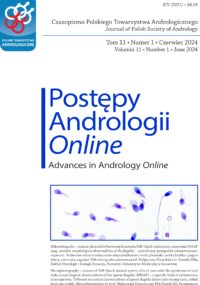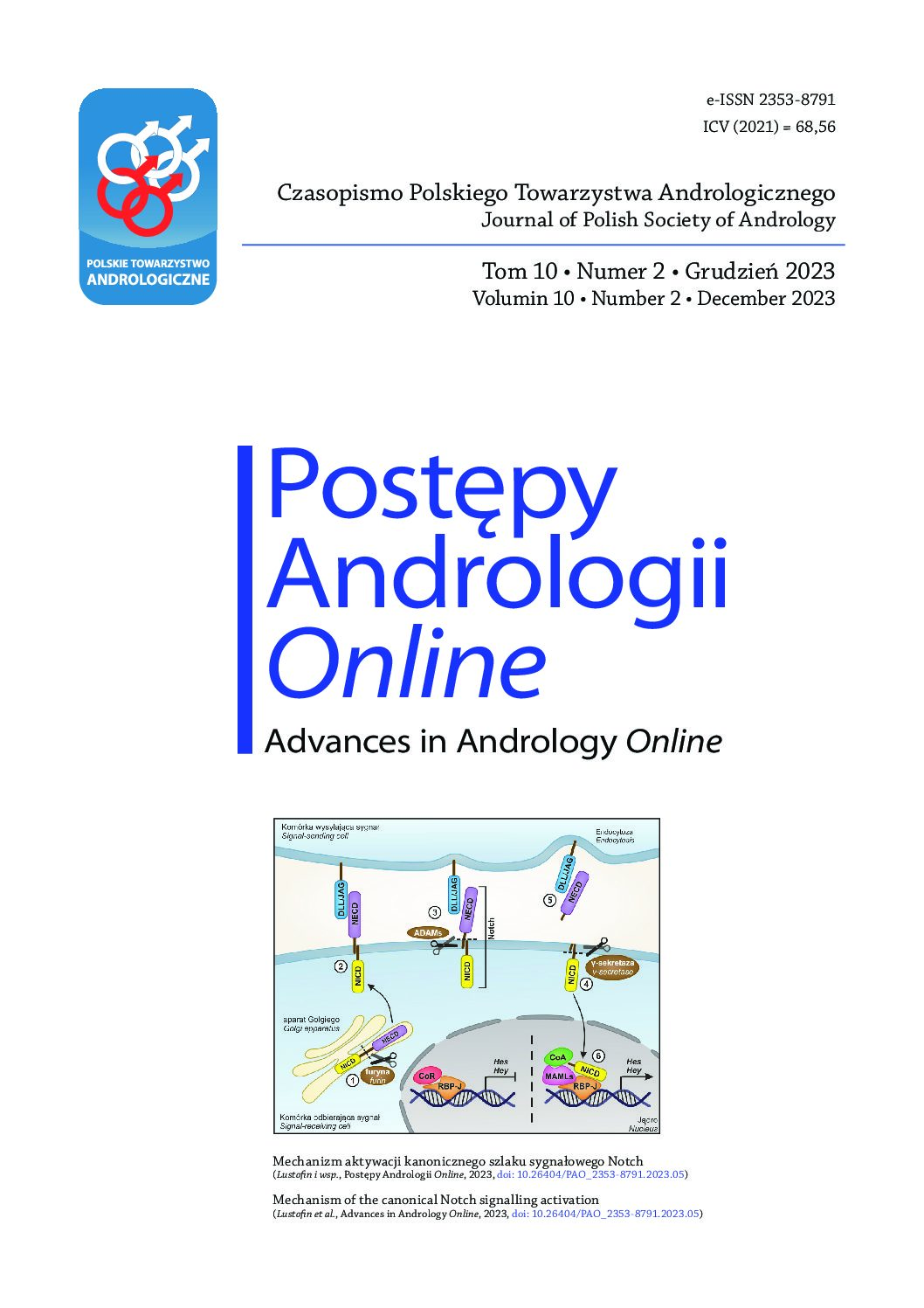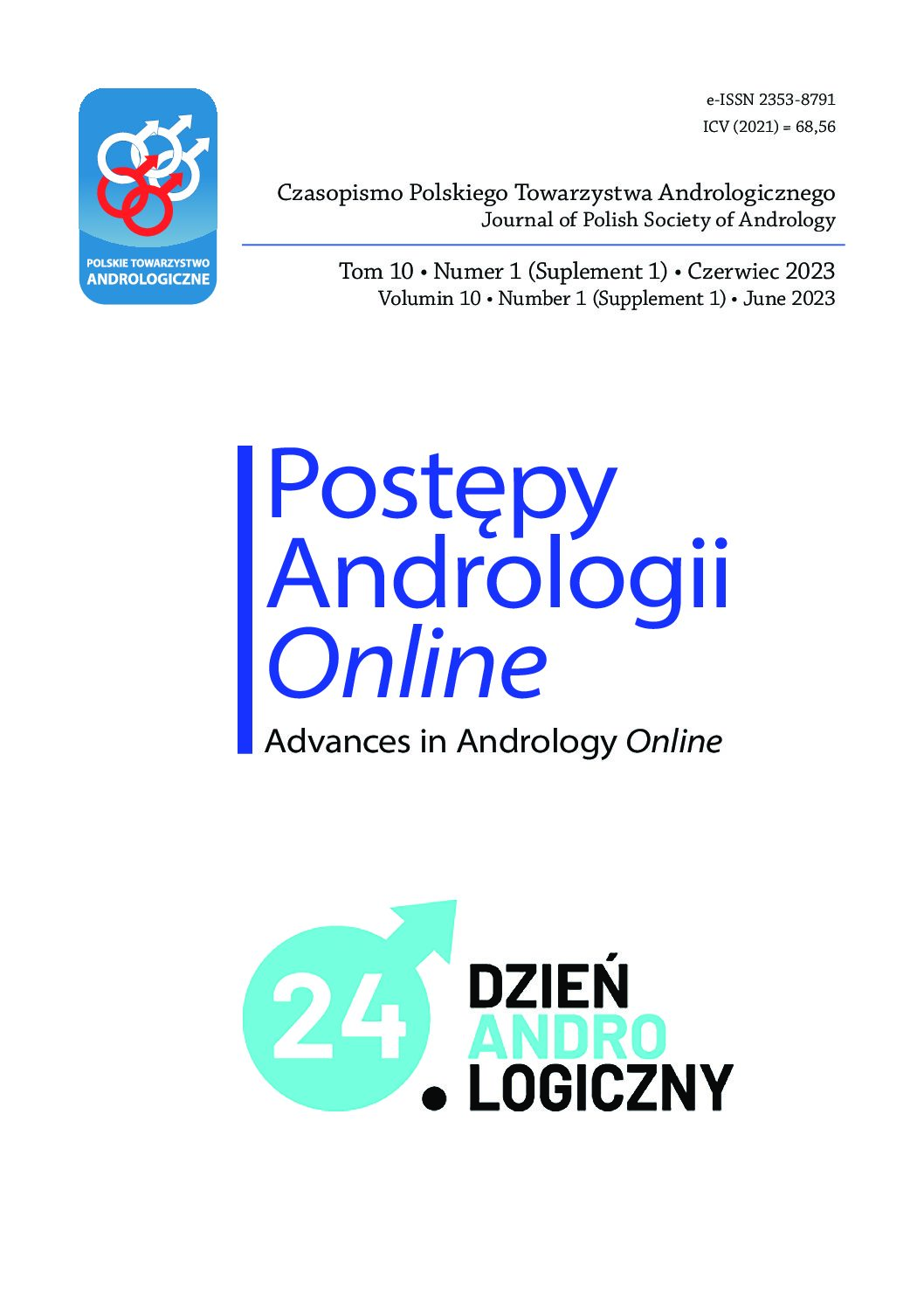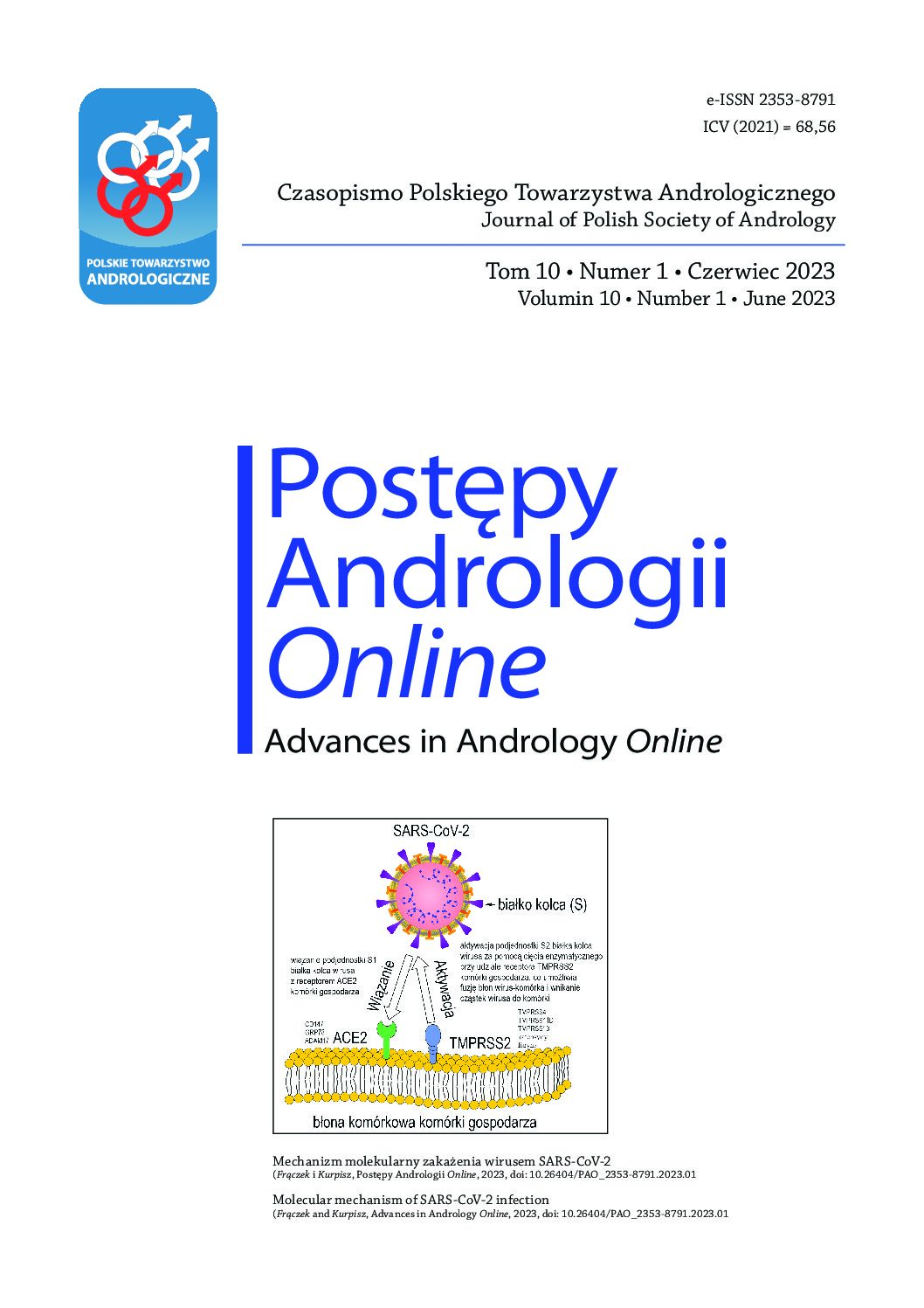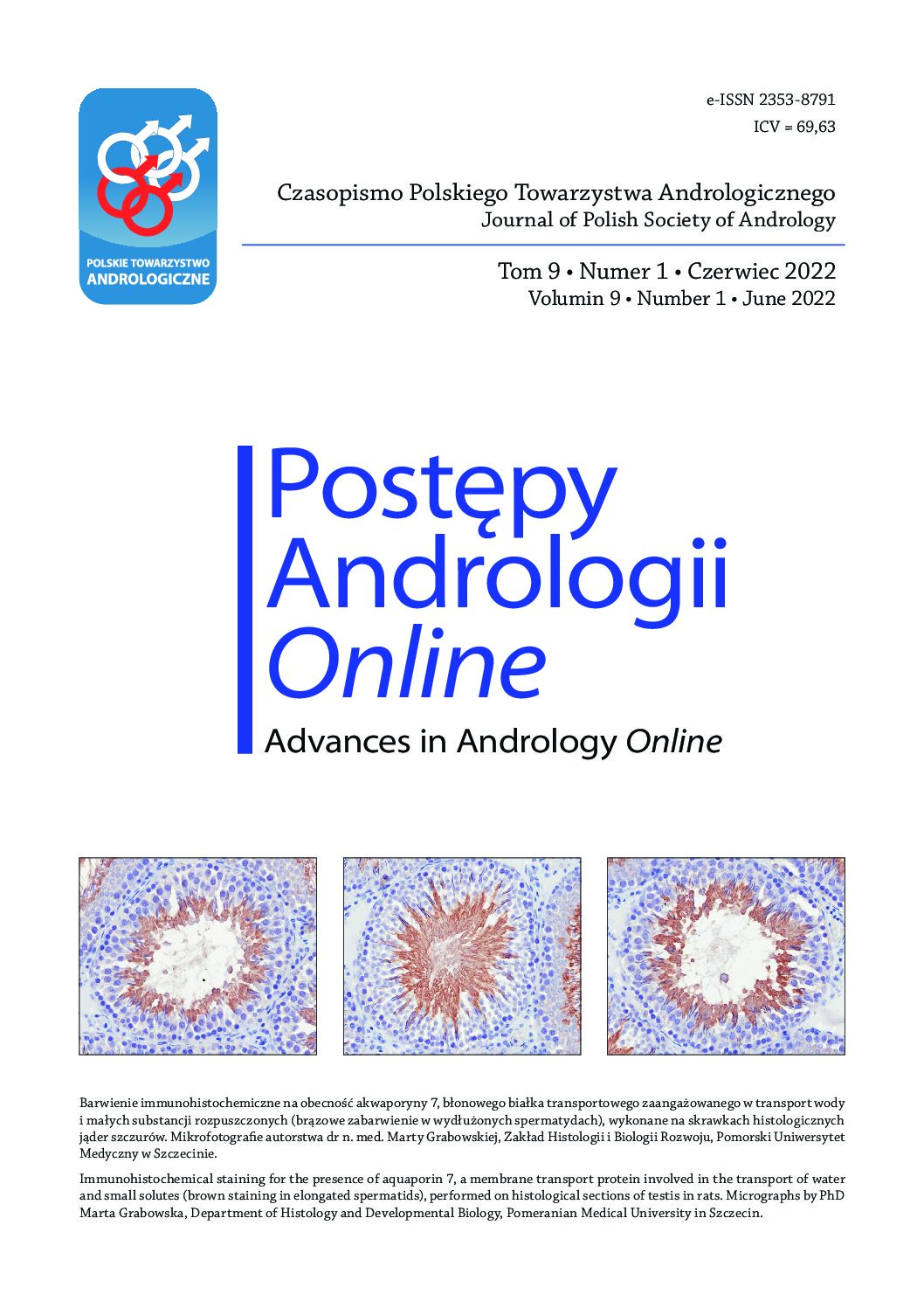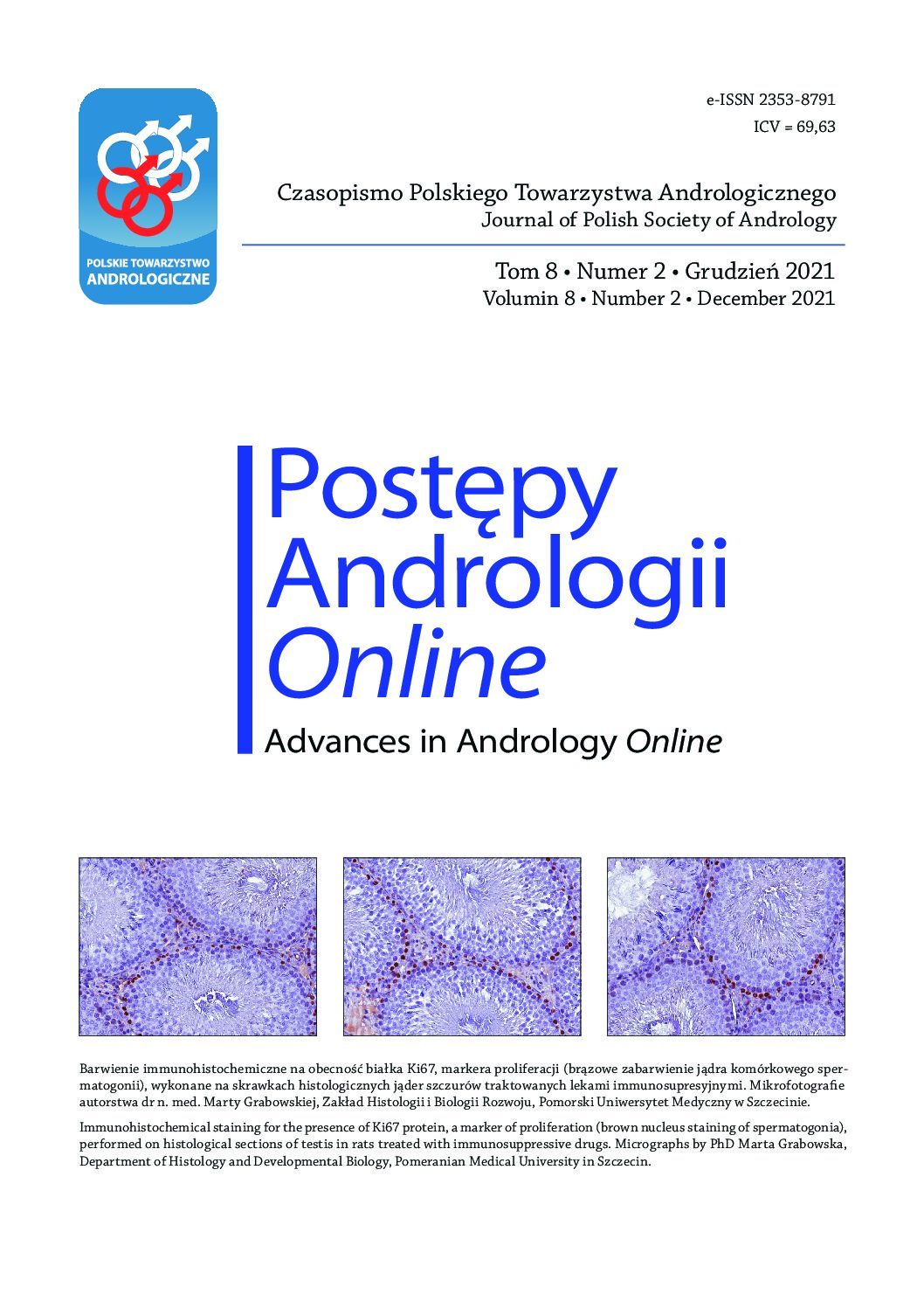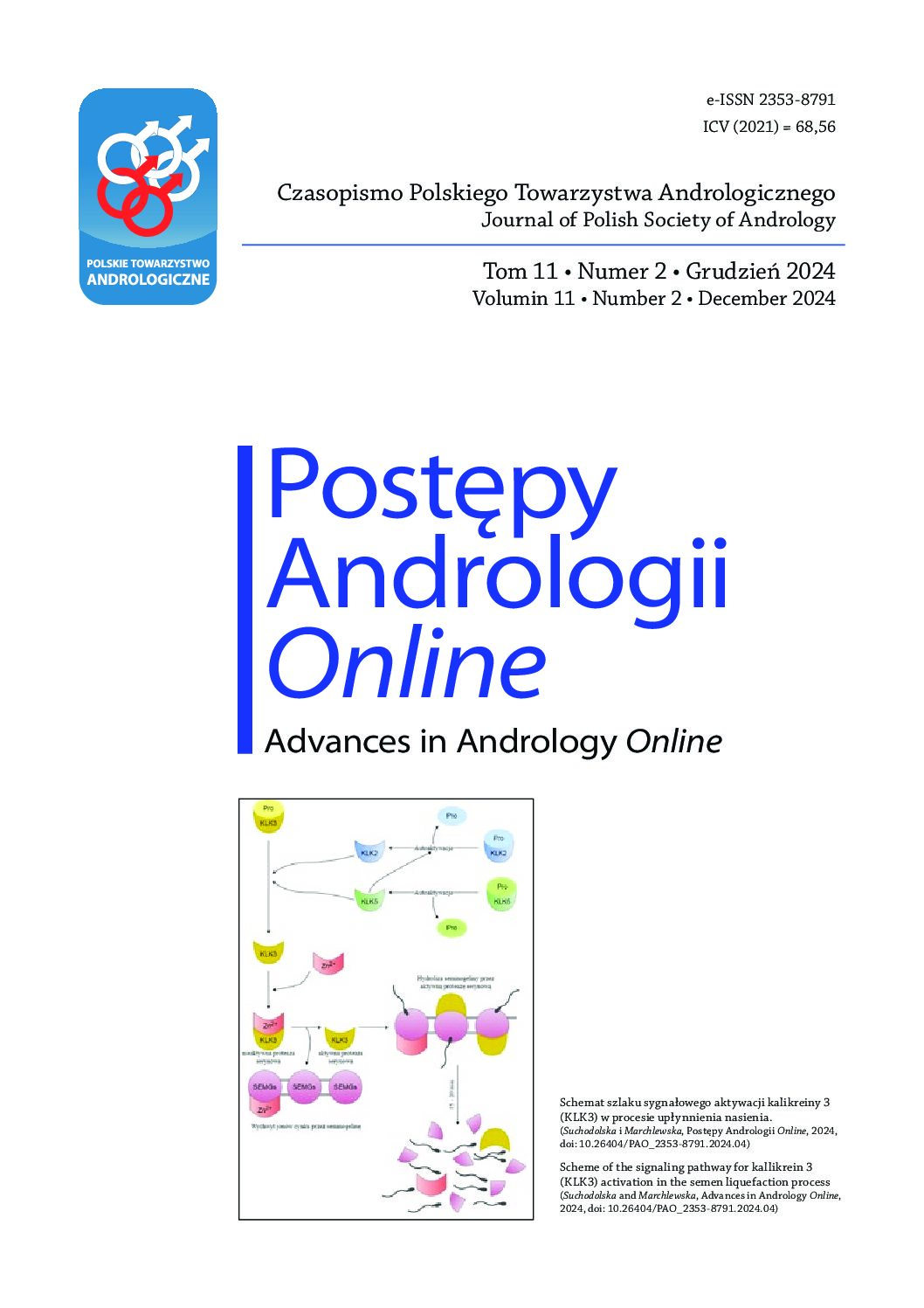Next-generation sequencing analysis in male infertility diagnostics
Genetic analyses are essential in determining the causes of reproductive failure in couples. Currently, hereditary factors are considered responsible for at least 15% of male infertility cases. Karyotype analysis, along with Y-chromosome microdeletion screening and cystic fibrosis transmembrane conductance regulator (CFTR) gene mutation testing, has become the standard. Chromosome aberrations occur in 7% of infertile men, 30 times more frequently than in the general population. The cause of male infertility is also microdeletions of the Y chromosome or aberrations and mutations of genes responsible for male sexual development, e.g., located in the Yp11.2 region, and CFTR gene mutations analysis is performed by patients with bilateral absence or obstruction of the vas deferens. However, in recent years, modern technologies have significantly increased the possibilities of genetics in diagnosing male infertility. Next-generation sequencing (NGS) is one of them. It has many applications depending on the size and type of the analyzed sequence of genetic material. In this article, we provide an overview of different next-generation sequencing applications, i.e., whole-genome sequencing (WGS), whole exome sequencing (WES), gene panel (targeted) sequencing, RNA sequencing (RNA-Seq), epigenome sequencing as well as metagenomic analysis of semen microbiota, in male infertility research and diagnostics. Through NGS studies, increased diagnostic efficiency is observed, especially in men with nonobstructive azoospermia and idiopathic infertility, where the cause of the disorder is a rare gene variant. Currently, the barrier to introducing next-generation sequencing into the routine diagnosis of male infertility is primarily the amount of data generated and problems with their interpretation, and the indication of clinically relevant gene mutations. An obstacle to developing the next-generation sequencing gene panel is the many genes involved and the participation of rare variants in spermatogenesis. Nevertheless, we expect next generation sequencing analyses to be the future of broadly understood molecular and genetic diagnostics in infertility research. Shortly, they will probably completely replace the existing standard tools.
